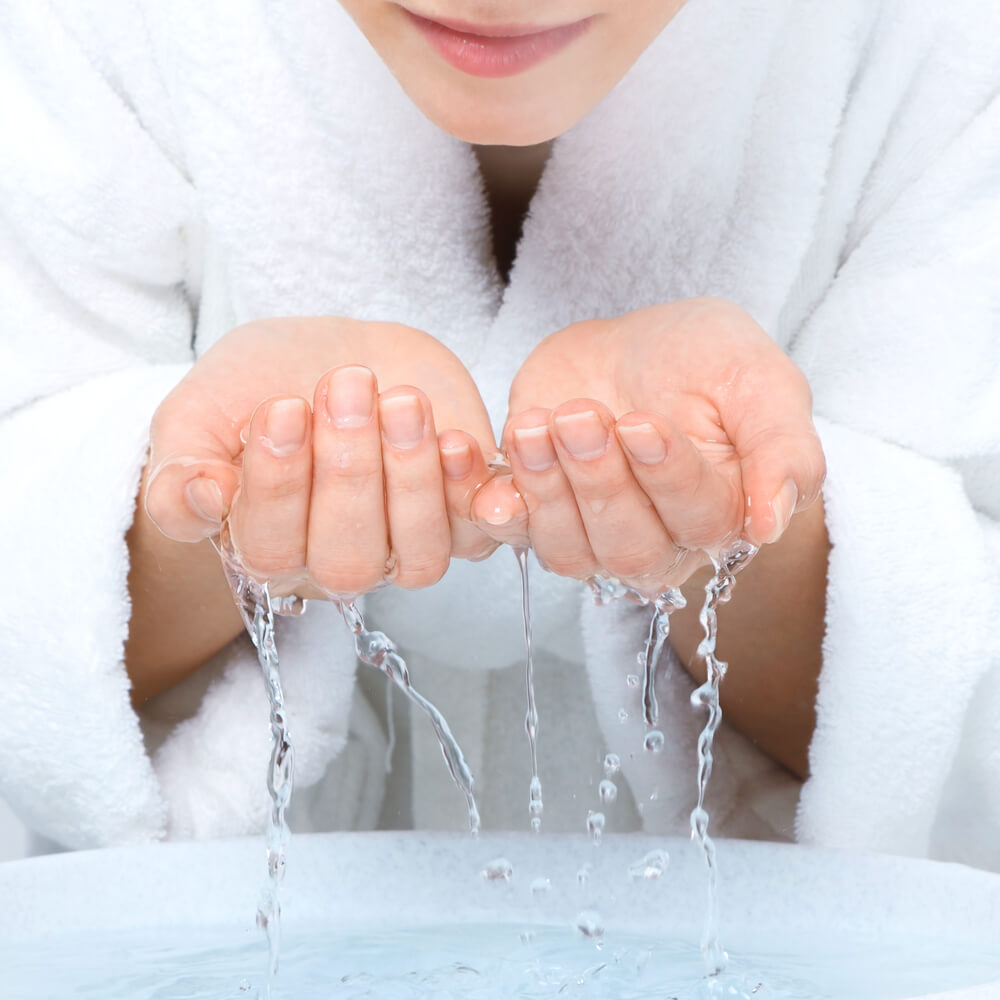Water is a vital resource that none of us can afford to take lightly as we all depend on the water that flows into our homes through our taps. We depend on it for drinking, bathing, cleaning, and everything else we might need water for. Having water come to us is a convenience we wouldn’t ever want to live without, but even with such a convenience comes a certain amount of risk. As good as our water system may be, there is still the risk of lead contamination. The presence of lead in our water system is still a present worry for many communities and rightly so. The effects of drinking lead can be incredibly damaging, especially for the youngest among us.
How Dangerous Is Lead Contamination?
According to the EPA, lead is so toxic that it can be harmful to human health in even the smallest doses. Since it has the potential to bioaccumulate in the body over time, consuming even small amounts of this material can be seriously detrimental if contamination persists. Because of this, the EPA has set their maximum containment level for lead at zero. Even so, the danger persists in almost every water system, as there are numerous ways for lead to become mixed into the supply.
The worst effects from lead contamination occur in children, who may suffer from a number of debilitating health problems including lower IQ, slowed growth, hearing problems, and anemia. In rare cases, it may also cause seizures, coma, or even death. Pregnant women risk exposing their unborn fetus to lead as well, which may result in reduced growth or premature birth. The danger for adults is somewhat less, however, they may suffer from harmful cardiovascular effects, decreased kidney function, or even reproductive problems. In essence, consuming lead is dangerous for everyone and there is no safe amount of it.

What Are The Chances Of Lead Infecting Water?
Depending on where you live, the age and materials of your water system, as well as some other factors, the risk of lead in your drinking water varies. Pipes made with lead can corrode over time, especially if the water is high in acidity or low in mineral content. Homes built before 1986 are the most likely to have pipes constructed from lead in some way. Since then, EPA regulations have sought to limit the risk of lead contamination by limiting the amount of lead materials used in construction.
The extent of lead contamination from corrosion depends on a number of factors including acidity levels, water temperature, the amount of exposed lead, the length of time water is exposed to it, and the presence of protective coatings within the pipes themselves. To find out more about the risk of contamination, it can be a good idea to check with your local water utility or health department. If you strongly suspect lead may be in your water supply, you may also have your water tested by a certified laboratory. Internal plumbing fixtures may also provide lead contamination, meaning that testing is the only way to determine its levels.
Our Water Softening Services
At PB Water Softening, we take the safety of our clients’ water seriously. Our quality control standards are the highest in the industry and our experienced technicians are among the very best. We diagnose each of our customers’ water problems with absolute care to advise them on the best equipment for treating their individualized needs. Visit us here to learn more about our services and what you can do to keep your water fresh as it can be.





